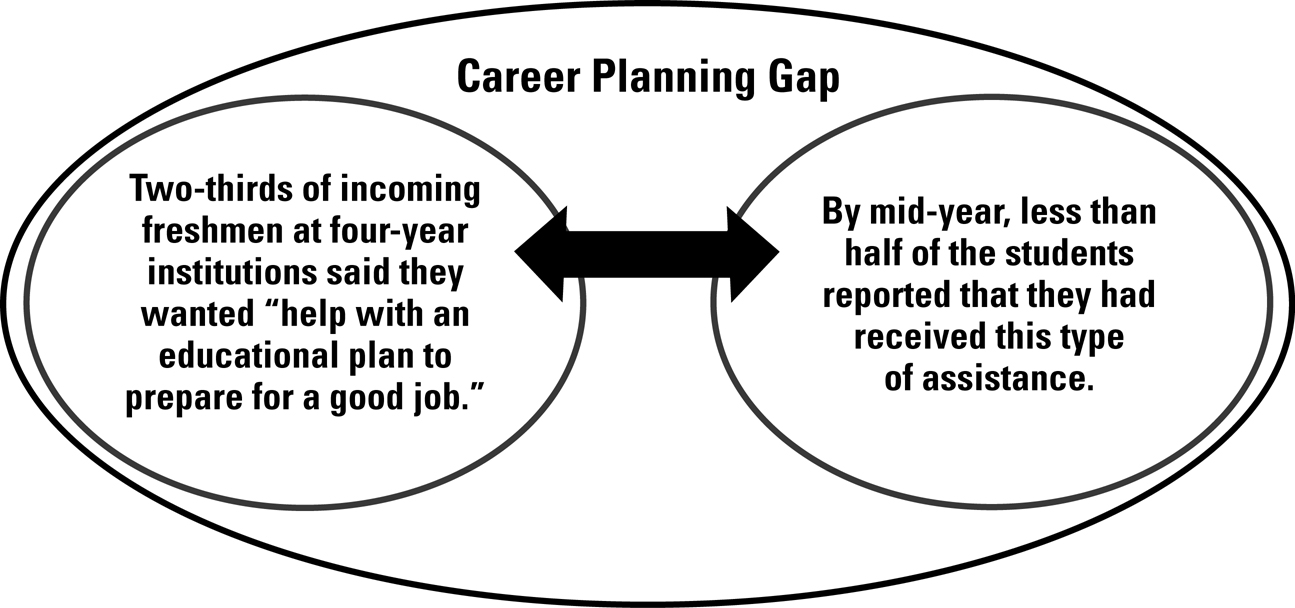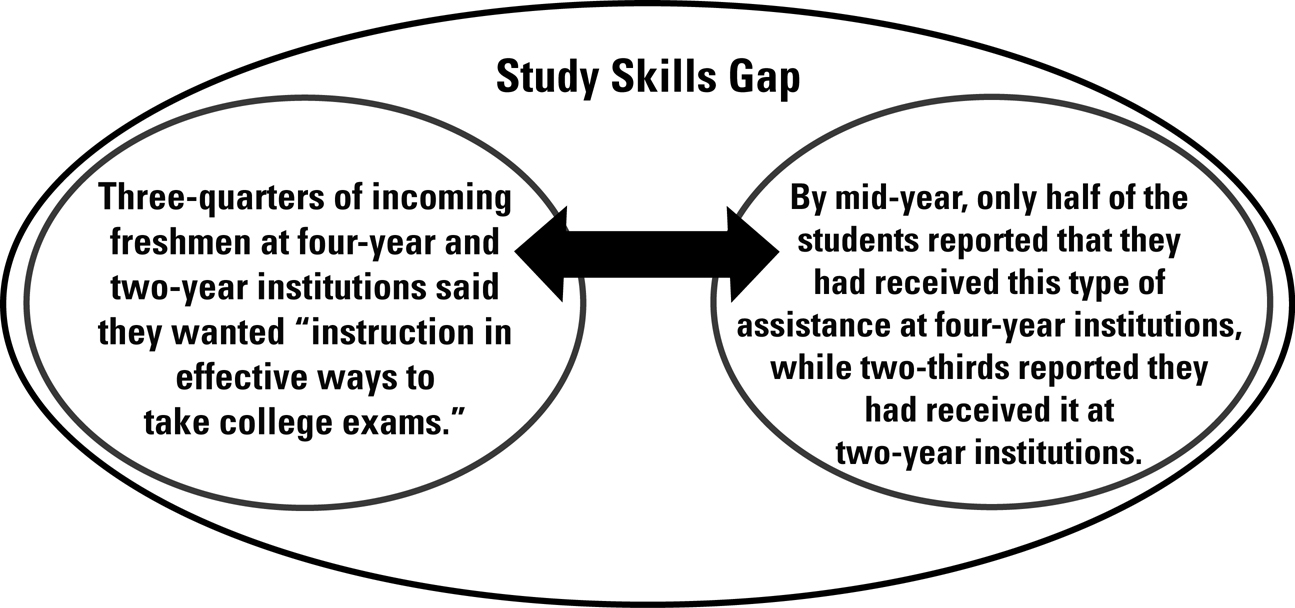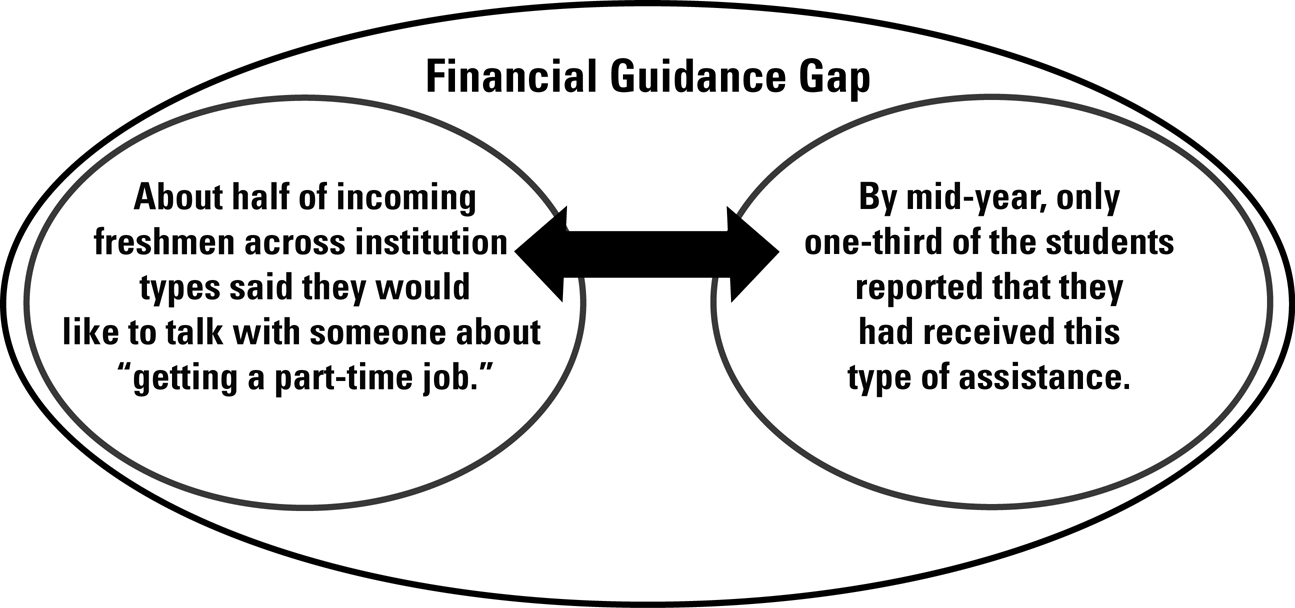enrollment
What these college freshmen want but aren’t getting by mid-year: Findings from a new Noel-Levitz report
Note: This blog post was written in collaboration with Beth Richter, Ph.D., associate vice president of retention solutions for Noel-Levitz.
Those who are responsible for delivering services to college freshmen are frequently challenged to do more with less. At the same time, there is often a strong push to more fully meet the needs of first-year students. So how DO you determine which services require more or fewer resources? And on what basis are the staffing levels for these services ever “enough”?
To help with weighing the options, and to help more freshmen reach college completion, a new set of metrics is now available using Noel-Levitz’s early-alert Mid-Year Student Assessment and its accompanying 2012 Report: The Attitudes and Needs of Freshmen at Mid-Year, which aggregates the responses to the assessment from freshmen nationally. These metrics include:
- Freshman usage of campus services (academic support, career counseling, personal counseling, and financial guidance) by the end of the first term
- The percentages of freshmen requesting assistance in 24 areas and subareas at the middle of their first year vs. the beginning of their first year, including help with exam skills, creating an educational plan, and discussing attitudes toward school
These metrics, based on student surveys, can help with prioritization and retention management, and they can be especially valuable for determining differences in needs for specific groups of students (at-risk students, in-state vs. out-of-state students, nontraditional undergraduates, residential students vs. commuters, males vs. females, etc.). In addition, advisors, counselors, first-year experience instructors, and other student success professionals can use the findings to proactively identify and intervene with individual, at-risk students based on each student’s self-reported needs in each of the 24 areas examined.
What some freshmen want but aren’t getting enough of during their first term on campus
The following are examples of specific campus services that were unable to meet student demand between the start and the middle of the 2011-2012 academic year based on the self-reported survey responses of 4,000 freshmen nationally in the above-mentioned 2012 report.

This gap illustrates the intensified focus that many of today’s first-year students have on finding a productive career amid a more challenging U.S. economy. While some campuses may be waiting to deliver career planning services until the second term or second year, a substantial portion of the incoming freshmen in this study were asking for these services sooner. For more gaps related to career services, see the report on page 7.

This gap highlights a need for additional instruction in taking exams that could perhaps be met during an extended orientation course or through a workshop. Interestingly, the report shows that, in general, the freshman respondents in this study were receiving levels of academic support at or above their requests at the start of the year.

Here we see a practical need: More freshmen wanted assistance with finding a part-time job than were receiving this assistance. The study also found that many freshmen who were expecting to find work at the beginning of the year were not working by mid-year, as shown on page 10 of the report.
More findings: Percentages of freshmen at mid-year who planned to complete their degrees
To help identify dropout-prone students, the Mid-Year Student Assessment also asked freshmen who were near the end of the first term to share their plans for college completion. Below are the findings from the aggregated report:
Four-year private institutions
- 83.4% planned to complete a degree or program of study at their current institution
- 9.2% planned to transfer to another college or university to complete their degree or program
- 7.2% indicated they had not yet reached a decision about their plans for the next term
- 0.3% indicated they did not plan to continue
Four-year public institutions
- 74.8% planned to complete a degree or program of study at their current institution
- 17.7% planned to transfer to another college or university to complete their degree or program
- 7.0% indicated they had not yet reached a decision about their plans for the next term
- 0.5% indicated they did not plan to continue
Two-year institutions (public and private)
- 38.9% planned to complete a degree or program of study at their current institution
- 55.0% planned to transfer to another college or university to complete their degree or program
- 5.0% indicated they had not yet reached a decision about their plans for the next term
- 1.0% indicated they did not plan to continue
With findings like these, colleges and universities that are using the Mid-Year Student Assessment can identify groups of students and individual students who intend to leave or who are on the fence about staying—and can then proceed to intervene in time to combat attrition and strengthen college completion. The assessment also digs into the mindsets of freshmen at mid-year, revealing 29 changes in freshman attitudes, motivations, and satisfaction from the beginning vs. the middle of the freshman year, so campus colleagues can understand what students are thinking and see how to help.
Questions? Would you like to discuss mid-year assessments or how this information can assist your institution with prioritizing campus services and with focusing early interventions with individual students? Feel free to contact us or leave a comment below.